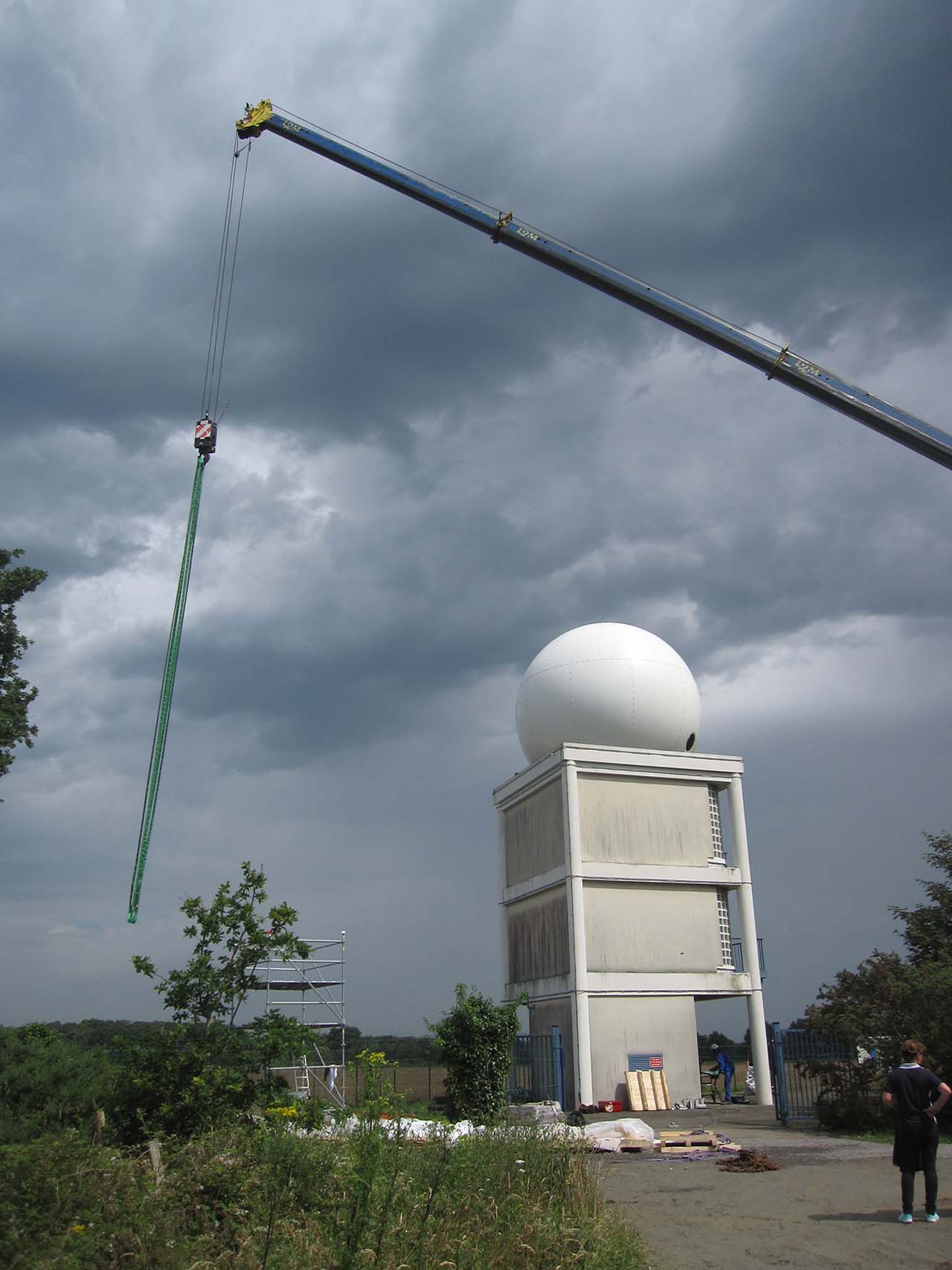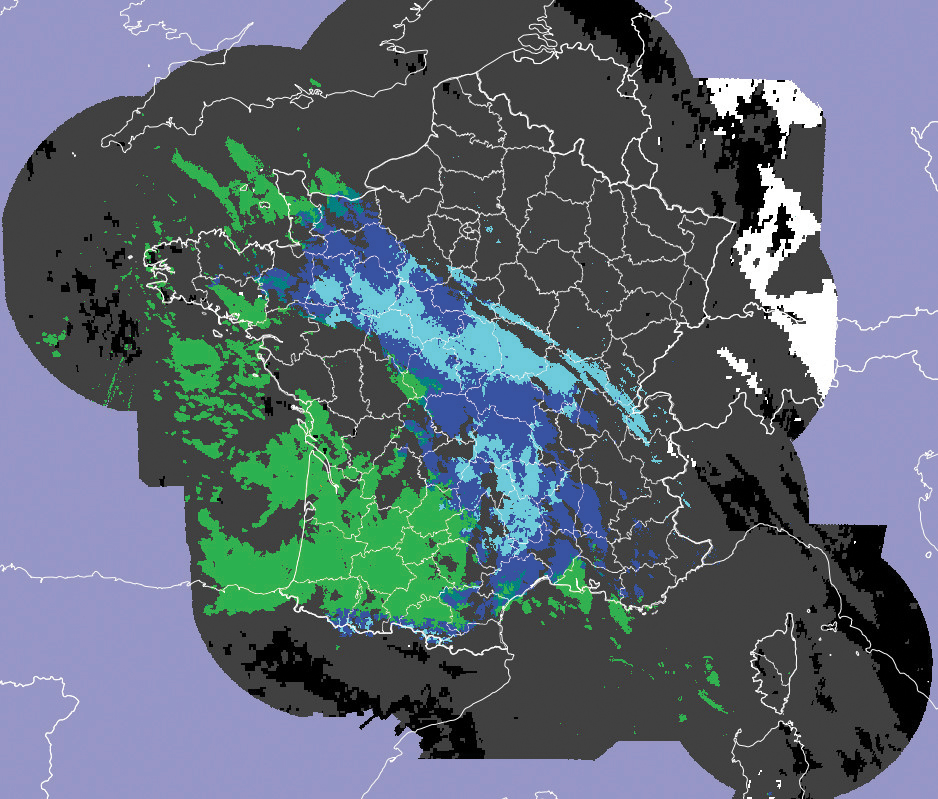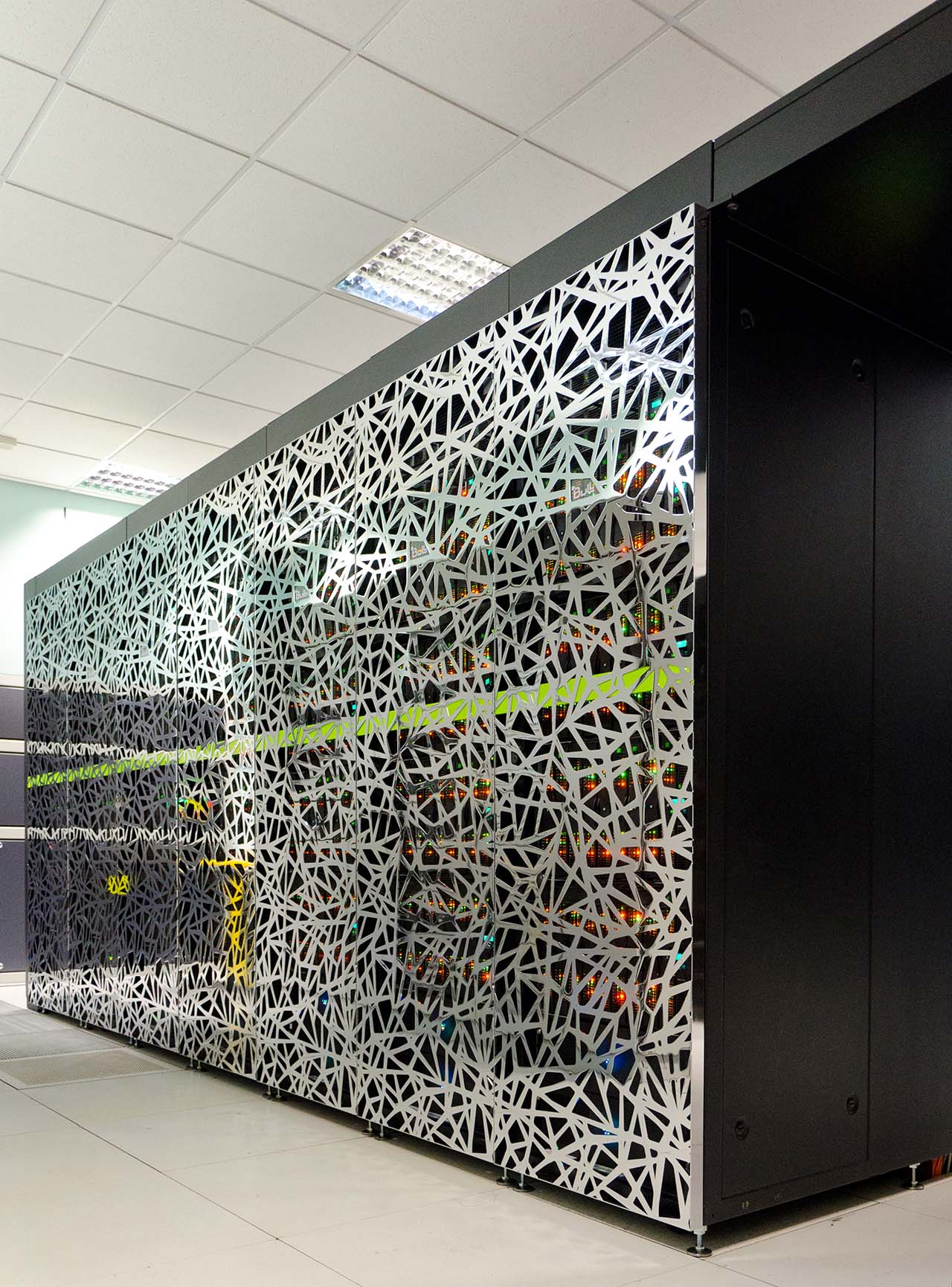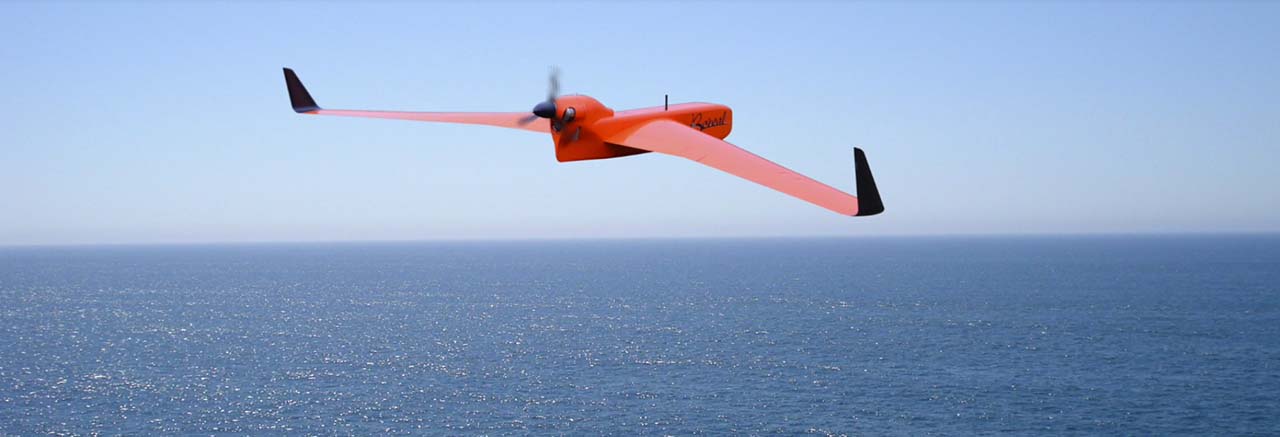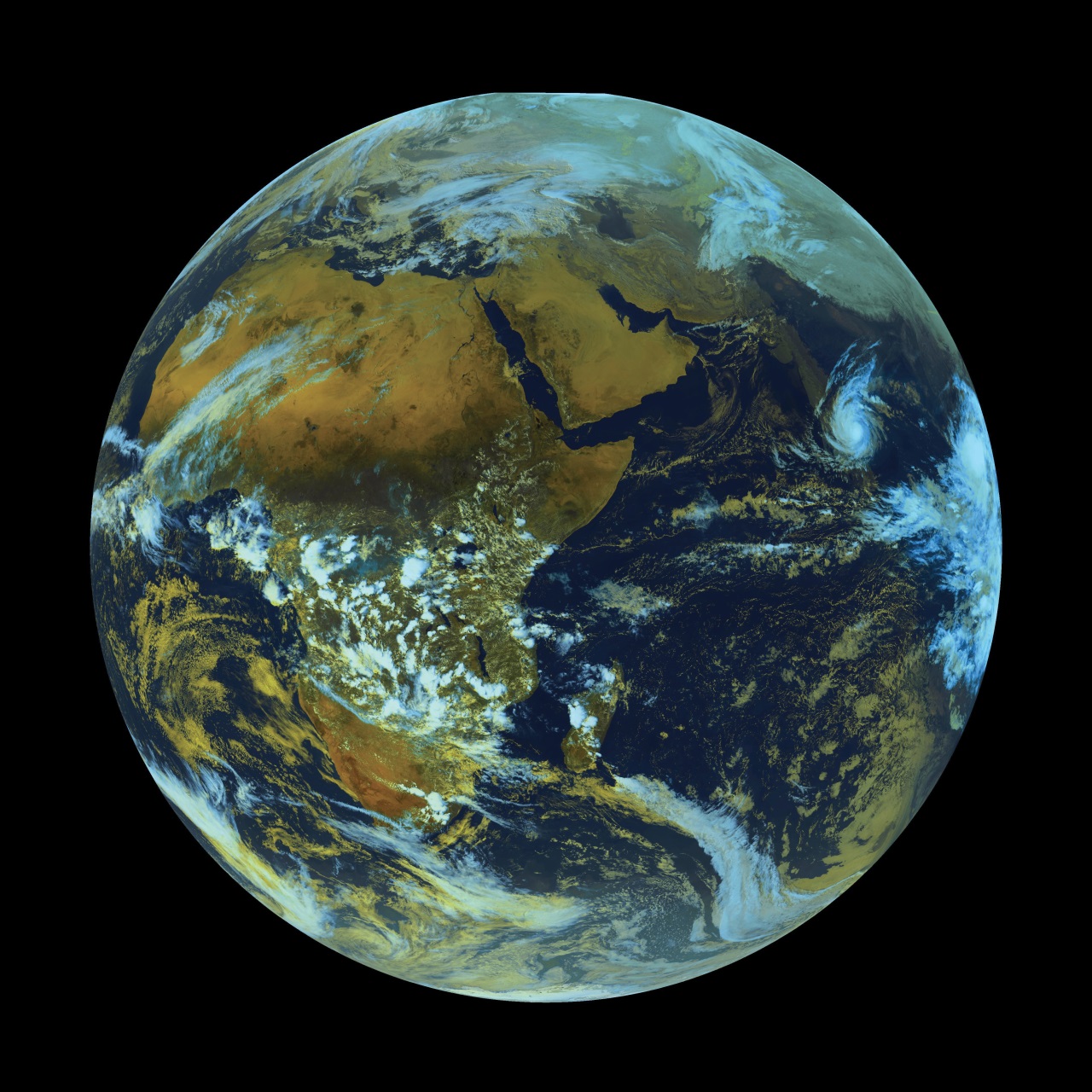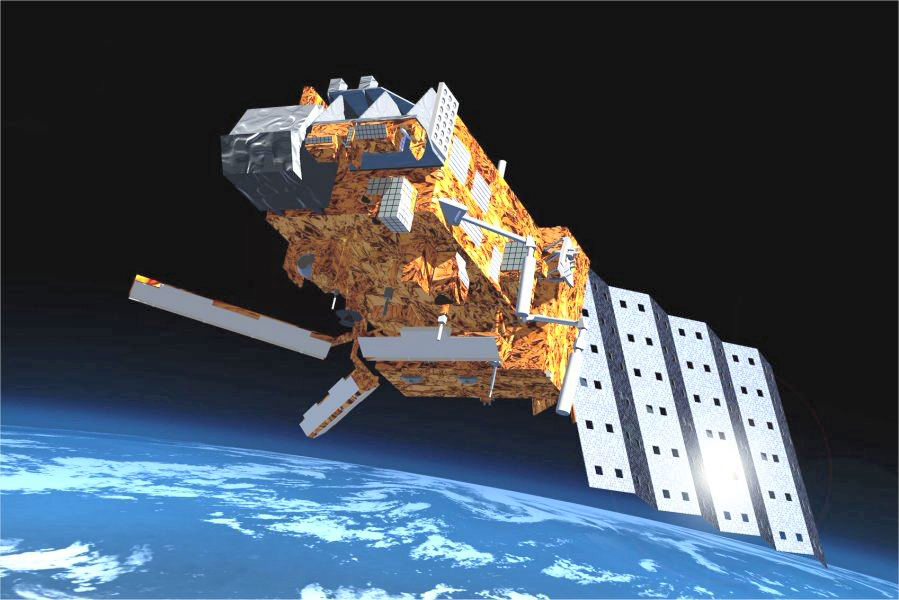On 19 October 2006, the European orbiting satellite Metop-A, the first of a constellation dedicated to meteorological observations and studying the Earth, was launched from Baikonur, in Kazakhstan. It had a range of innovative instruments on board, not least the high-resolution infrared atmospheric sounding interferometer IASI, designed by the CNES, in liaison with EUMETSAT. In 2012, Metop-B, equipped with an identical sounding interferometer, was also launched into orbit.
Each of these interferometers generates over a million observations a day, which in turn provide information about 3D temperature and humidity atmospheric profiles. Today, the observations from the IASI interferometers account for half the data assimilated by ARPEGE, Météo-France’s numerical weather prediction (NWP) model. The latter make up as much as 25% of the information provided by observations at the initial state of this model. In the reduction of the forecasting error at a lead time of 24 hours, enabled by all of the observations, both IASIs make a 15% contribution.
IASI is also the only instrument to simultaneously measure, twice a day, across the globe in real time, the atmospheric concentrations of some twenty different chemical compounds. Such observations make it possible to monitor pollution plumes, particle emissions during volcanic eruptions, major fires, ammonia emissions associated with intensive farming and the formation of the hole in the ozone layer. Furthermore, IASI allows for continuous tracking of several climatic variables (including temperature, water vapour, clouds, aerosols and greenhouse gases).
A third IASI is due to be launched in 2018, thereby ensuring the continuity of the mission over more than 20 years.
